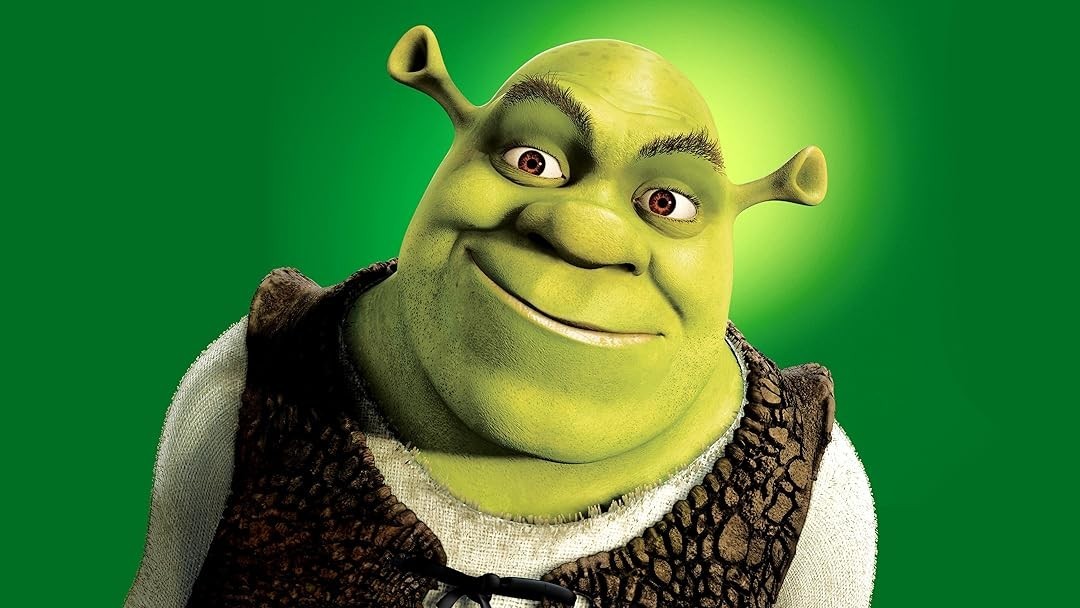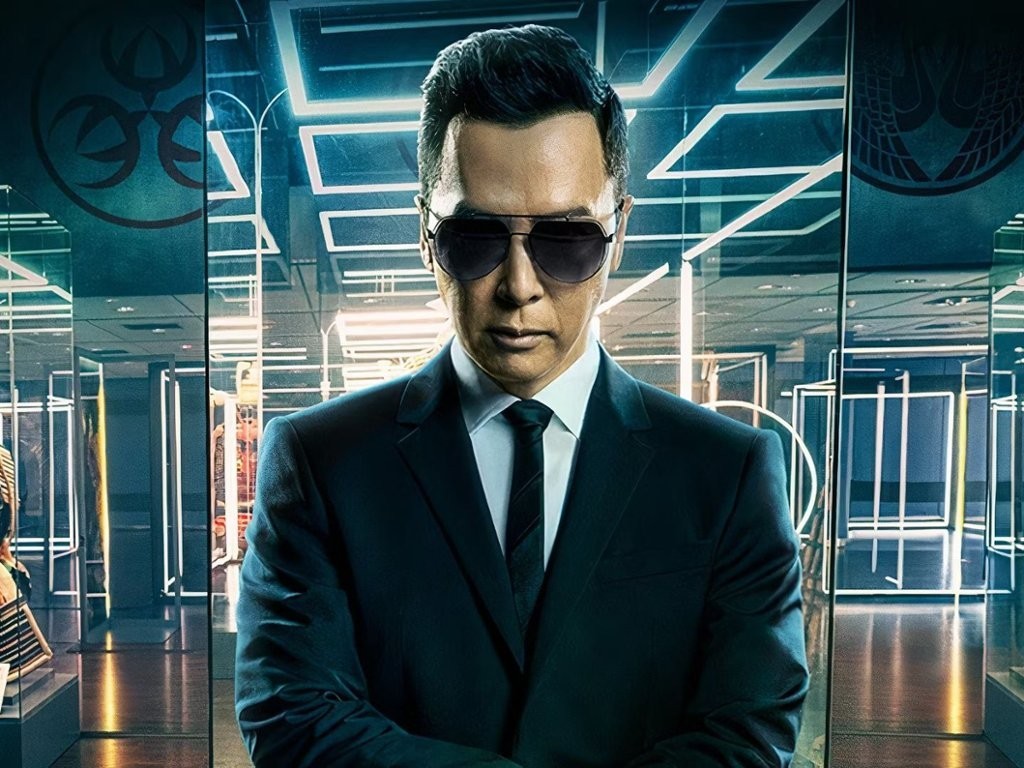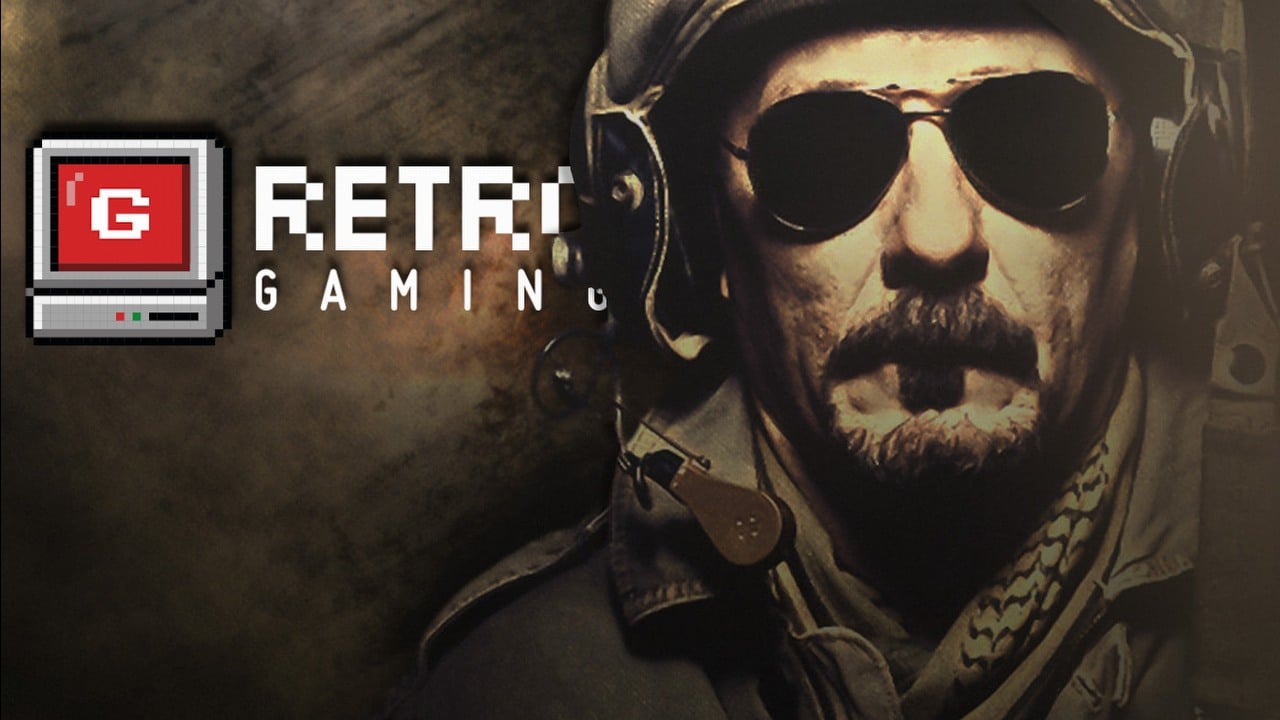The comic that propelled Stephanie Williams into the comics business looked nothing like a comic. 5 years ago, while killing time at home, the author turned a comic story, inspired by her son’s passion for his “dinosaur chicken” restaurant, into a Twitter thread. To explain the hilarity of trying to buy fictional food from a toddler, she posted photos of a Rocket Raccoon action figure sitting on the lid of a set of blocks. To land a punchline about just how unhappy she was with the service, which took almost an hour, she peppered in photos and reaction gifs from reality tv series. The thread immediately blew up, but 1 answer stood out: Why wasn’t she plugging this energy straight into actual comics?
This week on Polygon, we’re exploring how superheroes are dominating not just comics and movies, but all media, in a peculiar issue called Superculture.
It wasn’t just comic fans who noticed Williams’ tweets. “There was a full Twitter thread where Jean told Storm to faint so she could usage her PTO,” recalls artist O’Neill Jones, who would go on to be 1 of Williams’ earliest comic book collaborators. “I wanted that in comic form SO bad.”
Five years after her streak of viral posts, the 32-year-old Williams is simply a professional comics writer, with work spanning Marvel, DC, and mainstream book publishers. Her meme-friendly storytelling didn’t just pave the way for a fresh career. In that short span of time, the author has shaped mainstream superhero stories, too.
Williams’ introduction to comics came highly offline. At a Dollar Tree in her hometown of Chicago, she found a collection of Hagar the Horrible, which opened her young head to the joy of cartooning. shortly she was voraciously reading Calvin and Hobbes, household Circle, and Cathy, making certain she was the first to get to the Sunday funnies each week. “That’s erstwhile I realized this was something I was truly curious in,” she says. She made her first comic in simple school, a construction paper cartoon about a dragon who burned everyone’s homework, which won her a blue ribbon at the territory art festival.
Archie, discovered by Williams in the grocery store line, was another pivotal milestone on the journey toward becoming a superhero fan. “I loved how accessible they were both as a consumer and as a newer comic reader,” she says. “I was able to dive right into the planet of Riverdale. The slice-of-life stories appealed to the budding romance genre lover in me at the time.” Williams says a love of Archie yet opened the door to Marvel’s Bronze Age stories, which had all the messy drama of Riverdale, “but the characters were in tights.”
All though she’d passionately made comics and art as a kid, Williams already thought she’d found her calling as a biomedical investigation scientist erstwhile she began to craft the memes that would end up snowballing into opportunities to step into her childhood dream career of being a storyteller.
The first of which came to Williams on a walk to the movie theater. “I was looking at a screen catch of a image of Superman and ‘Evil Wonder Woman,’ as I call her, and I was originally going to save it as a reaction pic, but I was like, Oh actually, no, this is so comic I should tweet this.”
Soon she was regularly posting — as so many of us were in the Twitter heyday of the late 2010s — frequently going viral with her takes on characters like Blade, Misty Knight, and more. In fact, it was a tweet about a page from Power Man and Iron Fist #80 which revealed Jean Grey and Misty Knight utilized to be roommates that first inspired the concept for her breakthrough comic: Living Heroes.
After losing it over Williams’ X-Men tweets, Jones connected with the author during the semi-annual #DrawingWhileBlack event on Twitter. The 2 hit it off and shortly collaborated on But What If Though, a webcomic that reimagined popular superheroes through Williams’ specifically Black, queer, and hilarious lens.
“I was fortunate adequate to meet Steph during the start of my transition into comics. It was like hitting a velocity boost in Mario Kart,” Jones shares. “I had no concept at the time of how many people read and enjoyed the work we did, I was having besides much fun.”
The second installment of But What If Though, Living Heroes, was so popular that the requests for a follow-up kept coming in for a stand-alone series, and it would shortly become the pair’s signature work, launching them both into the mainstream of comics publishing and fandom: a mashup of Marvel heroes and Living Single, brought to life in Jones’ dynamic style.
Back in 2020, erstwhile Williams and Jones first set out to fund the first issue of Living Heroes on Kickstarter, the author tells me that her biggest dream for the comic was that it would “catch the attention of individual who can crack a door open just adequate for me to make my way in. I’m hungry and I work my ass off. I just request a chance.”
A $14,500 vote of assurance from fans gave her the chance. The consequence made clear that Williams and Jones had tapped into something that mainstream Western comics have struggled to research in fresh memory: the cozy and comforting appeal of slice-of-life stories. Those tales seldom make it into the comic store outside of manga titles, and before Living Heroes, were even rarer in superhero comics.
Williams tells me the passionate consequence inactive makes her feel vindicated. “These aren’t just memes,” she says. “I’ve taken my memes and translated them into comics form, so what now?”
What happened next was that those hallowed doors to the House of Ideas and their Distinguished Competition opened. Williams felt more than ready to tell her own superhero stories at Marvel and DC. Deep down, she knew that she was “absolutely expected to be there, due to the fact that storytelling doesn’t belong to the few. It belongs to the masses.”
Rather than sending a cease and desist over Living Heroes and its cast of marvelous *wink wink* women, Marvel invited Williams to compose a two-page communicative about Monica Rambeau and her mother, Maria, grocery shopping. It was a monumental minute for Williams’ work, as it represented a transitional minute from fan to creator. “Talking and writing about Black women characters at the large 2 was a immense contributor to how I honed my voice,” Williams says. “So it felt full ellipse to then lend that voice to those same characters.”
Since her Marvel debut, Williams has become a large 2 stalwart with a critically acclaimed run on DC’s first-ever Nubia solo title. The book showcased the Amazon’s more serious side, crafting a fable that centered on a Black queer hero, trans women, and an epic reimagining of Wonder Woman’s lore that incorporated the influences of George Pérez and Williams’ own love of fantasy.
She brought the same thoughtful energy, insightful and circumstantial yet universal humor, and authentic experience to another worlds. In Scholastic’s Moon Girl and Devil Dinosaur graphic fresh Wreck and Roll, Williams brought the energy of childhood to the page, utilizing her own experience as a parent to craft an engaging and authentic kid hero in Lunella Lafayette that you actually want to spend time with. Alien: Black, White & Blood #2 saw her focus on a fresh worker and his first day on the job, meshing the fantastical (there are inactive xenomorphs) through the lens of an everyday occupation — actual to the spirit of the first movie. The vividness of the mundane is something that has always inspired her thoughtful approach to crafting memes and stories alike.
Williams has her own dramaturgical rules for crafting viral memes or fan edits. Number one: Never punch down. “There have been plenty of times where I’ve seen something that was low-hanging fruit and I knew that it would go viral, but I simply didn’t want to do it, due to the fact that that’s just not my formula,” she says. “So Charles Xavier, for instance, is simply a wheelchair user, and he’s besides bald, and these are things that you can easy punch down on, right? But that’s not what makes him terrible — he’s just a horrible person. So my jokes about him always revolve around that, and never the fact that he uses a wheelchair… I do call him a bald-headed ho, but he is one!”
Influences as varied as rowdy ’80s action movies and hilarious Black rom-coms form the way that Williams approaches making a meme. “It’s how I relate to these characters, even if they don’t look like me. For me it’s trying to show this 1 relatable thing in the absurd things that are happening. I’ve always found that’s the best way to get people to pay attention to what you’re trying to say. Like Sarah Connor in Terminator: It’s a horror sci-fi, but she’s besides just having a truly bad day off, and that’s fucked up due to the fact that she’s most likely been waiting all week to be off and now she’s moving for her life with this random man ’cause her boy has ruined her day.”
Memes and fan edits revolving around Black culture are at the heart of what has made Williams specified a trailblazer, whether it’s Storm transforming to Beyoncé’s “Alien Superstar” or putting Homer Simpson in a bonnet. The viral nature of those creations gives her hope. “I love it due to the fact that it shows me that we’re all a small bit more akin than we’d like to believe. And to be able to meme Poison Ivy from the Batman and Robin movie, having her hair look like something that you would find in a Black hair magazine, reminds us that just due to the fact that we can’t always relate these characters on a physical level, doesn’t mean that humanity-wise there’s no relation.”
Williams’ wider impact and influence is impossible to deny. In October, Marvel’s authoritative social media accounts shared a stop-motion clip of action figures of its female superheroes called “The Real Housewives of Westchester County.” It’s a gag coined by Williams in 2020 on an episode of fellow comic creator Aaron Reese’s podcast, Stan by Me, and has continued to propagate thanks to any of her most popular memes in the years since.
Reese, the author behind the queer fantasy comic series Bytchcraft, first met Williams on an X-Men-themed episode of the Slayerfest98 podcast. “We instantly bonded over our shared love for X-Men and our experiences increasing up in Chicago,” he says. “It felt like a match made in comic book heaven from the start.”
What seemed like a random connection through their fandom shortly became a close relationship with Williams carving a space for Reese as a queer Black man in comics. “Steph has been an invaluable soundboard for me. She has a knack for deconstructing tropes and communicative beats in a way that’s both insightful and inspiring. I’m thrilled to say she made meaningful contributions to my first creator-owned comic with Mad Cave. Her influence goes beyond just professional advice — she’s a constant origin of encouragement and creative energy.”
Williams’ work on reintroducing Wonder Woman’s sometime sibling Nubia into the DC Universe as a major player in both Themyscira and the wider planet of the comics was a groundbreaking book, not only for Williams, who co-wrote it alongside Vita Ayala, but besides for the DC Universe, as it introduced the first canon trans Amazon, who was brought to life by series artist and large 2 stalwart Alitha E. Martinez. That dedication to inclusion and diversity of all kinds marks Williams as trailblazer, working to make comics reflect all of those who read them.
“I believe the future of superheroes should be 1 where characters genuinely reflect the diversity of our world,” Reese says.
“Steph is at the forefront of this movement. Her work on Nubia is simply a perfect example. She portrayed a queer Black Amazon with specified gentleness and authenticity, steering distant from stereotypes of aggression or masculinity. Nubia is unapologetically feminine, and it’s refreshing to see. Steph’s approach to character improvement and storytelling is helping to pave the way for a more inclusive and typical superhero landscape.”
To Reese, Williams’ journey makes full sense. “Steph’s evolution from memes to comic book writing is very on-brand for her,” he says. “Stephanie is incredibly cerebral, and humor is just a facet of how she processes and redistributes information.”
In the fresh critically acclaimed and Emmy-nominated series X-Men ’97, many viewers were fast to call out the fact that in the show’s 4th episode, “Motendo; Lifedeath – Part 1,” seemed to clearly riff on Living Heroes with its own Marvel/Black sitcoms mashup version of A Different World, replacing the first cast with members of the X-Men.
The impact that her memes have on the corporate owners of superhero characters is something Williams is profoundly aware of, especially as her fans and followers frequently mistake the posts as hers. So how does that feel? “Bittersweet,” she says, “in that I’m glad that we’re moving in this direction, and it makes the fandom feel more welcoming, but bitter in the way that, Hey, I could have done this. Sometimes I’ve seen companies — not DC or Marvel specifically — effort to execute a thing, and it’s like, I could have done that. You had the recipe, but you did not execute it the way that it needs to be done so that it was actually something delicious. Instead, this is actually very rancid.
“But the another sweet part is people realizing that and saying, ‘Oh, I thought Stephanie made this.’ And knowing that I didn’t, if anything, I feel like that just further shows my impact. If you see a certain thing, nevertheless it reads, or the setup, and you’re reasoning it was me, it’s due to the fact that that’s usually the speech that was so ingrained in my social media presence.”
Williams’ humor is what initially brought her to the attention of her massive audience and the biggest publishers in the comic book game. But with her ft now squarely through the door, she’s already making certain that she doesn’t close it behind her. Her work on Moon Girl and Devil Dinosaur: Wreck and Roll marked the graphic fresh debut of the superb Asia Simone, O’Neill Jones made her name on Living Heroes, and she’s a regular at comic conventions and on panels advising the next generation on how to break into the manufacture she’s now a part of.
“I know for quite a few marginalized fans that we’ve had to find stuff between the lines to find those connections, so being able to item that and show we’re besides in this fandom and these are the reasons why, these are the connections we make, but let me do it in a comic way,” Williams says. “It’s something that I didn’t know that I could do, but I’ve been happy to be able to do it.”









![Ad Vitam (2025) - recenzja filmu [Netflix]. Historia zemsty i przetrwania po francusku](https://pliki.ppe.pl/storage/b7f1b56d0b00d90cf6e2/b7f1b56d0b00d90cf6e2.jpg)









